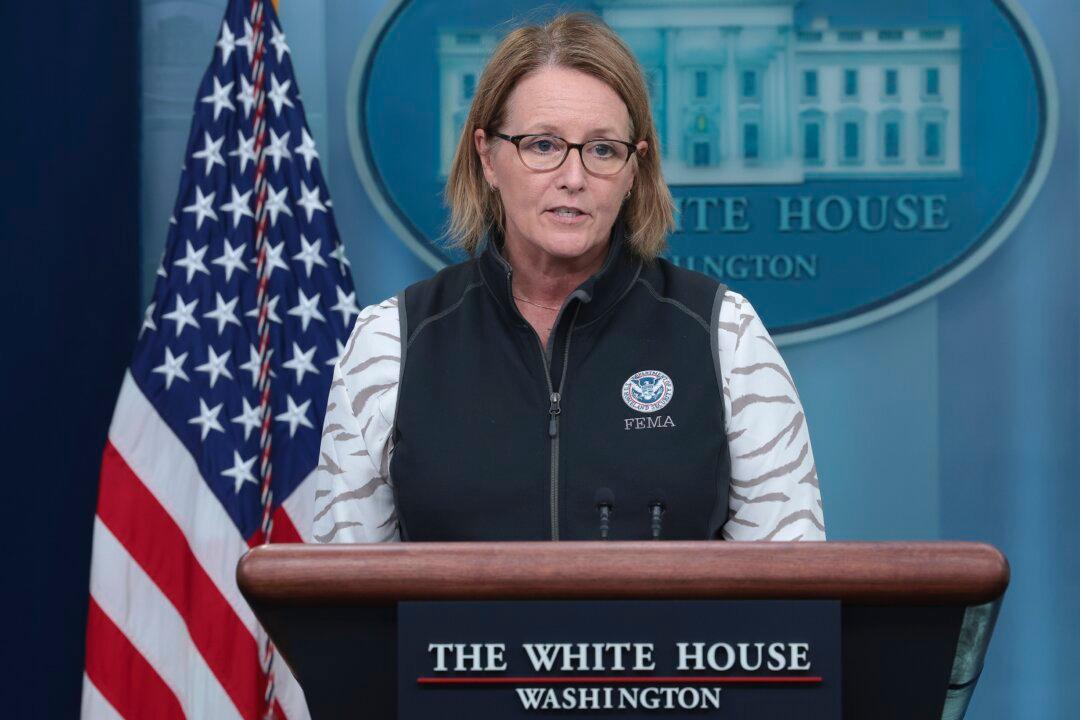The remaining money in the federal government’s disaster relief fund will be prioritized for a string of recent and anticipated disasters, according to Federal Emergency Management Agency (FEMA) officials.
Speaking at a White House press briefing on Aug. 29, FEMA Administrator Deanne Criswell said she was directing the implementation of Immediate Needs Funding for Hurricane Idalia, which is expected to make landfall along Florida’s Big Bend Gulf Coast on Wednesday as an “extremely dangerous” Category 4 intensity hurricane, as well as the deadly wildfires on the Hawaiian island of Maui.




